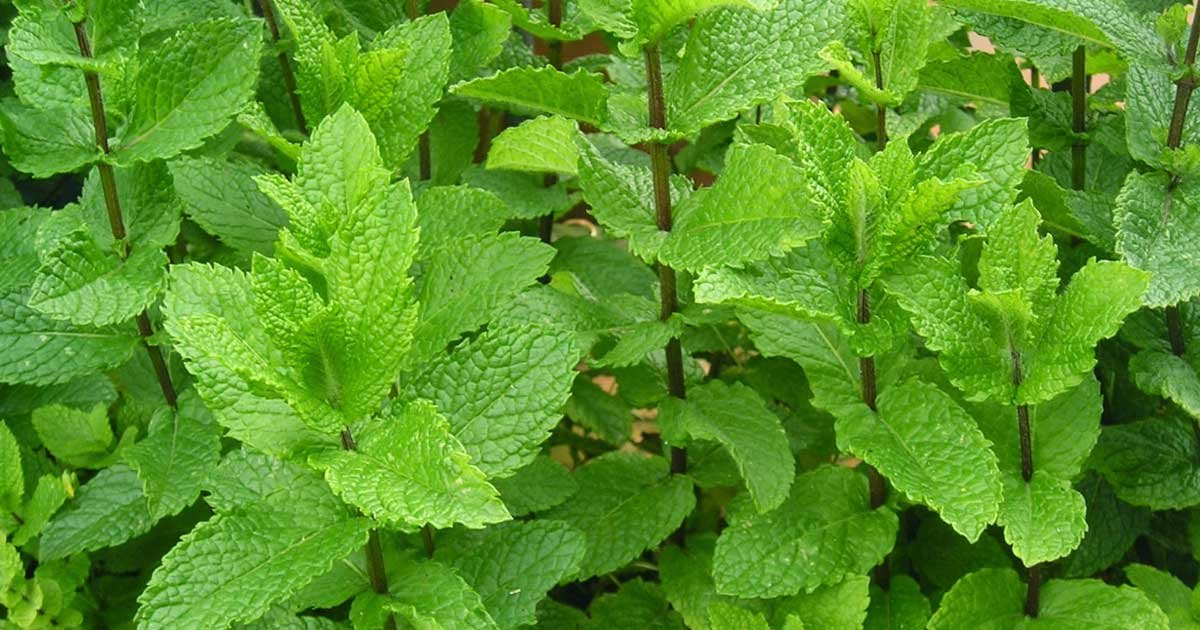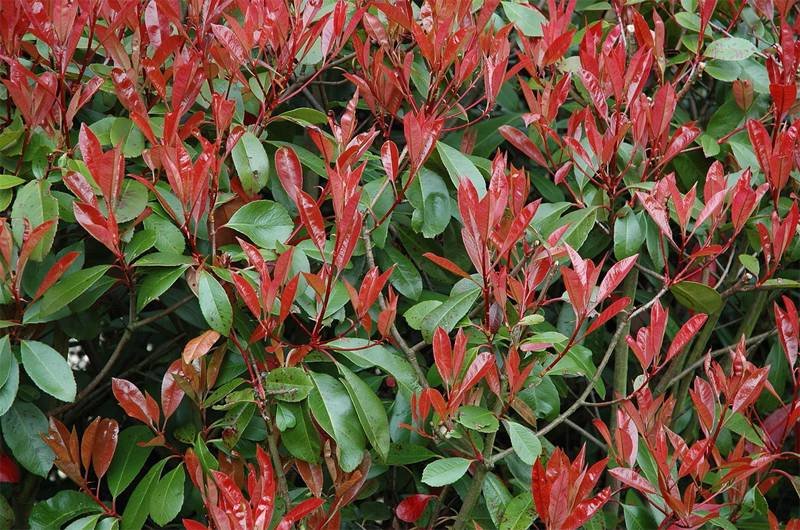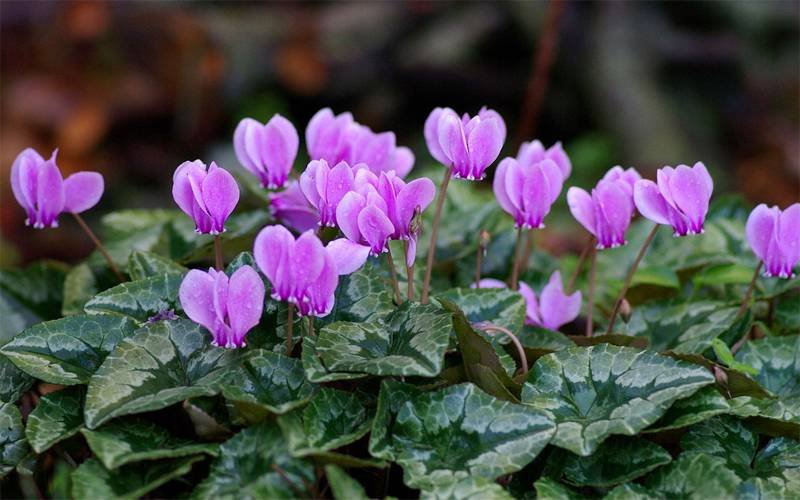Pets and plants: Which species are safe and which are toxic?
Plant poisoning is one of the most common diseases in pets. The pairing of pets and plants is not always a good one. The danger can be in the stem, leaves, flowers or fruits. There are also toxic trees. Dogs and cats nibble on plants when they have a stomach ache. However, they can make a mistake and ingest a poisonous species. In this article you will find some of the most toxic species.
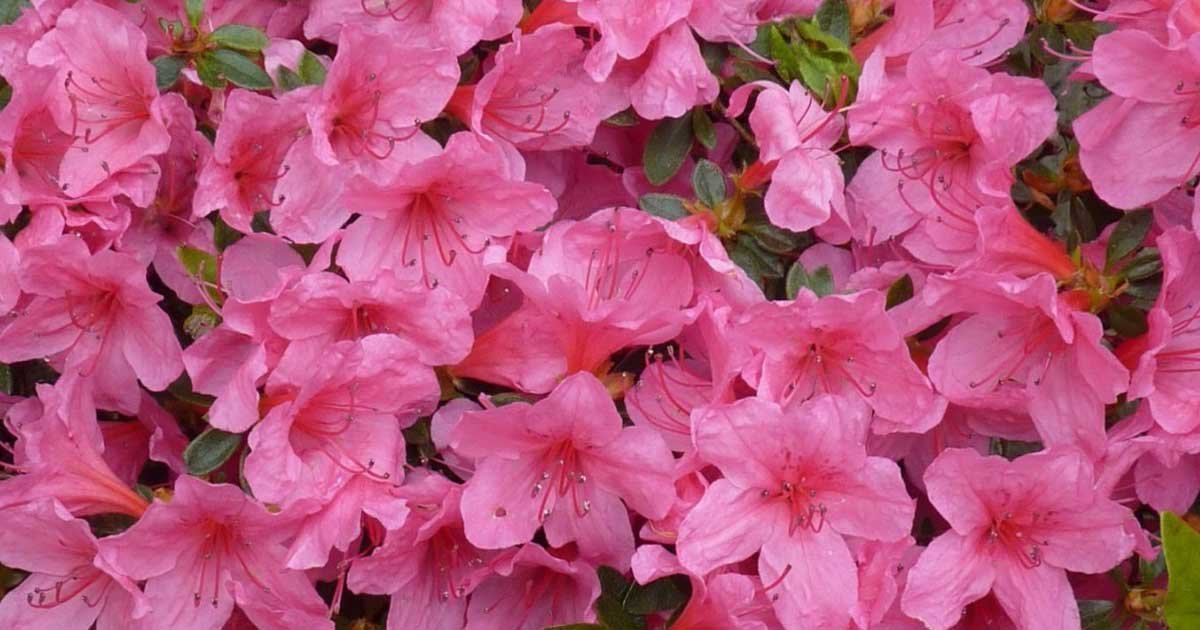
The consequences range from skin reactions and gastrointestinal episodes to death. If you detect that your pet is behaving strangely after an outing in the countryside or after letting it loose in a garden, take it to the veterinarian. Every precaution is too little. However, there are also non-poisonous species that get along wonderfully with our furry friends. That is why we also review examples of pets and plants that can coexist peacefully.
Pets and Plants: 5 Toxic Species
Lilies. They are potentially dangerous, especially for cats. A couple of petals or a single leaf could cause your feline kidney failure. In the case of dogs, the problem usually remains vomiting. Even so, it is best to take your pet to a veterinarian so that the situation does not worsen.
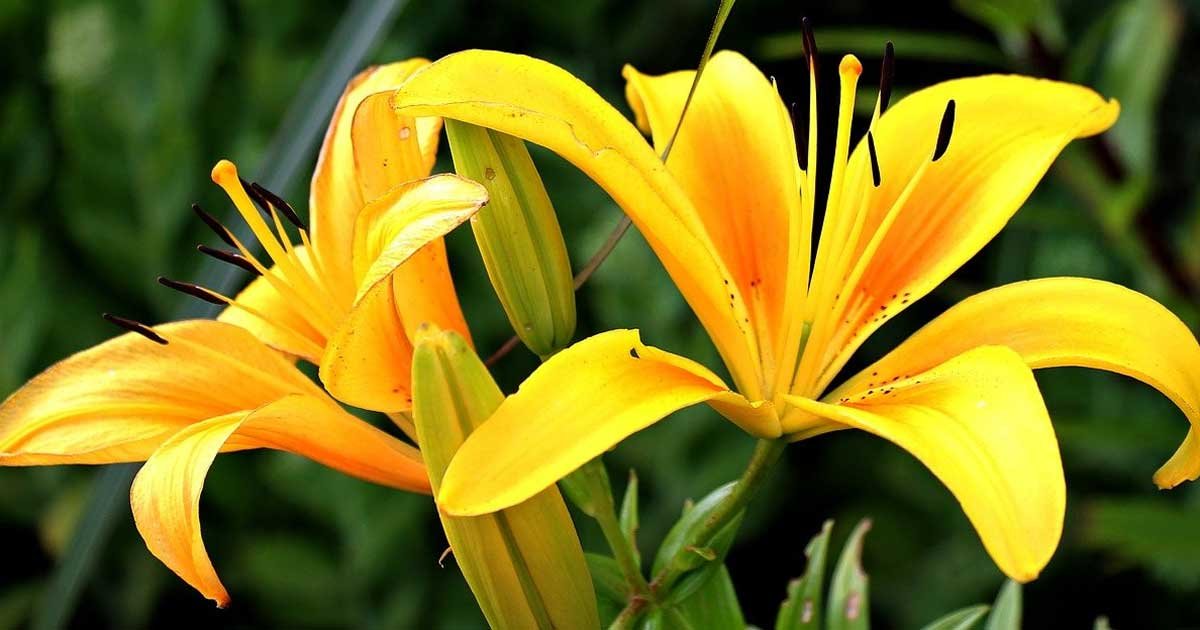
Hydrangea. It is a flower with a high toxicity. Its leaves and flowers contain cyanogenic glucoside. It is a substance that produces reactions similar to those caused by cyanide in a person. It is lethal if not acted upon in time.
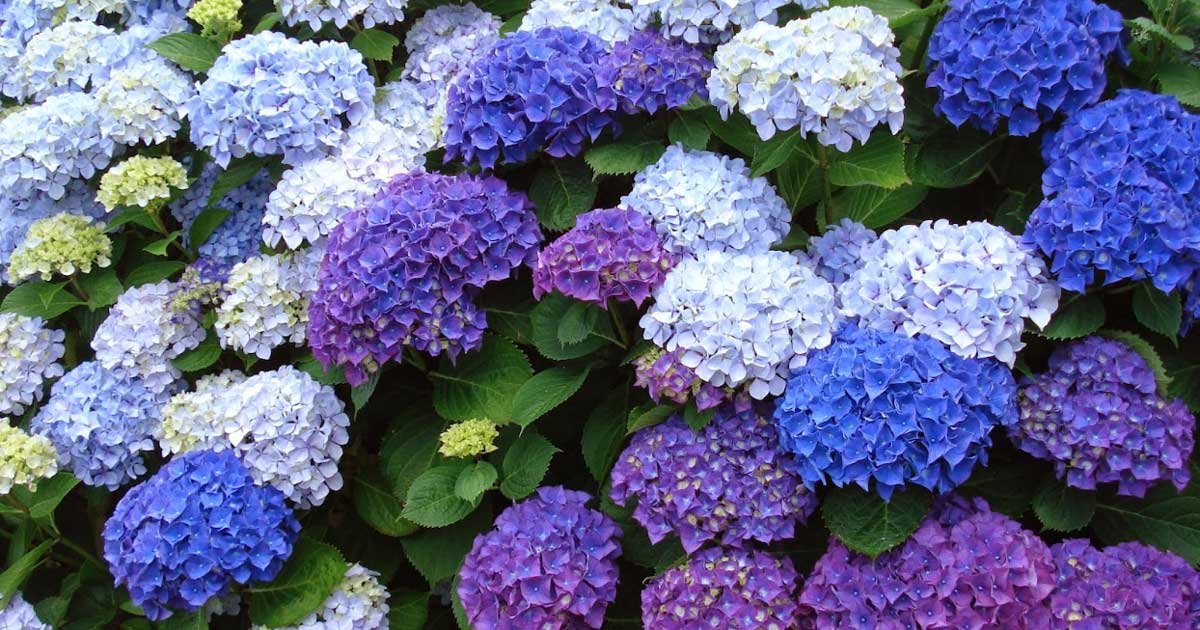
Daffodil. All varieties of this flower are dangerous. In addition, all its parts are toxic, especially its bulbs. The simple contact of your pet with this plant can cause dermatitis and irritation. In extreme cases, death could result.
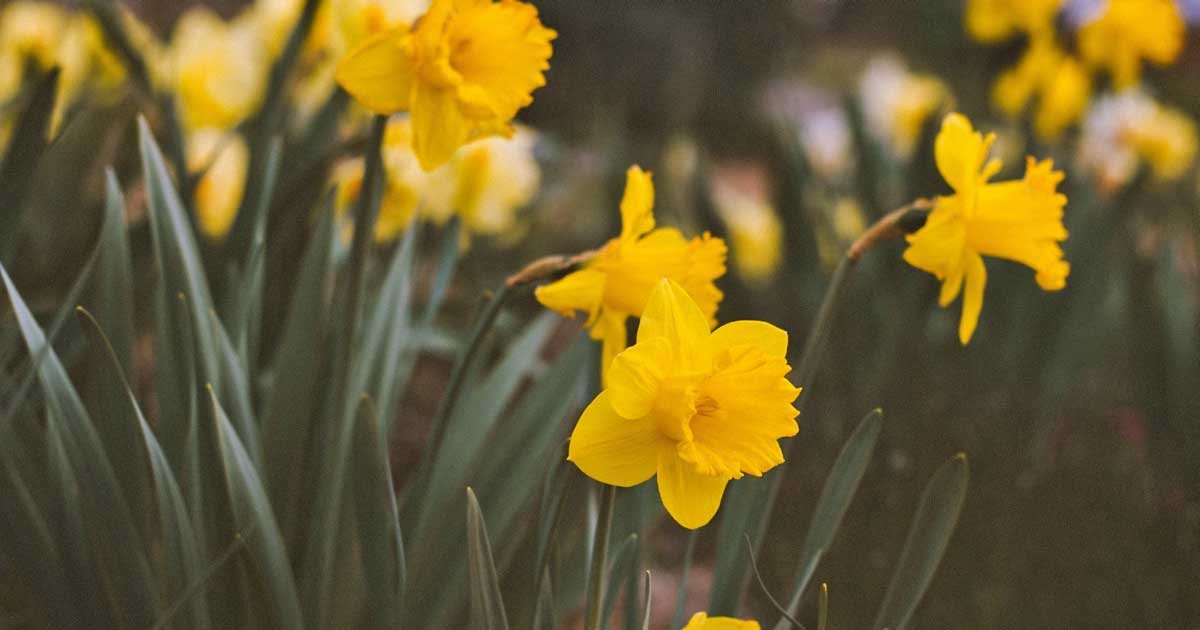
Azalea. It is a rare intoxication, but if it occurs, it is very harmful. A small dose can cause nervous system problems, lack of coordination or breathing difficulties. You must be extremely careful.
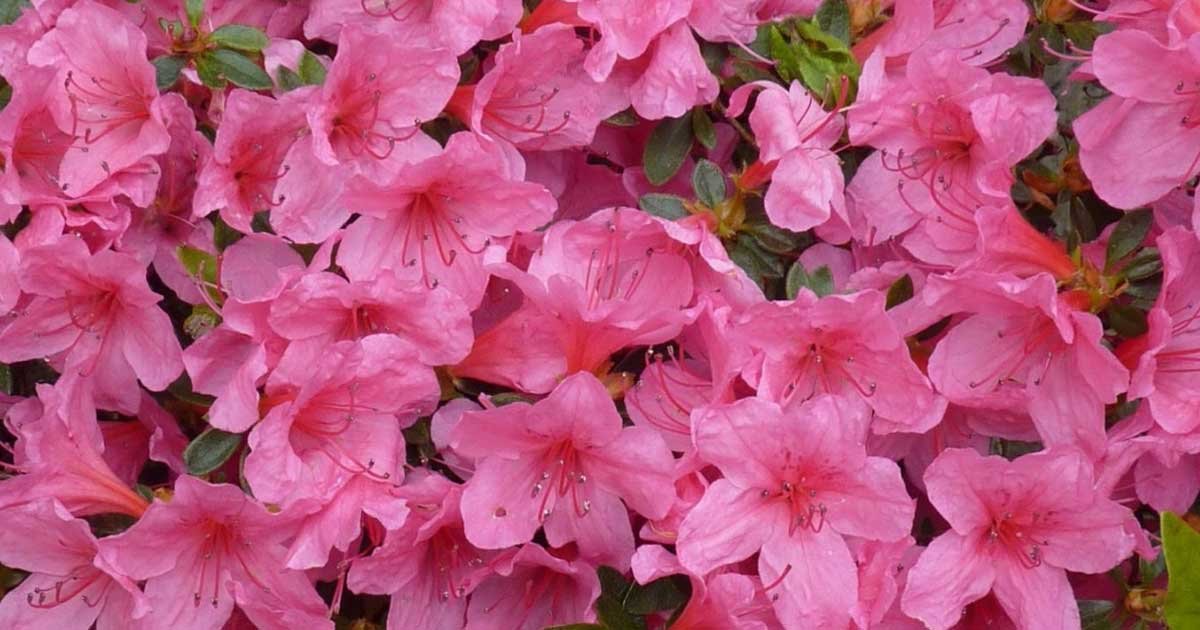
Ivy. It is slightly poisonous in almost all its parts, with the exception of the fruits, which have a high toxicity. The poison is found in the hairs that cover the plant and in the juice it contains inside.
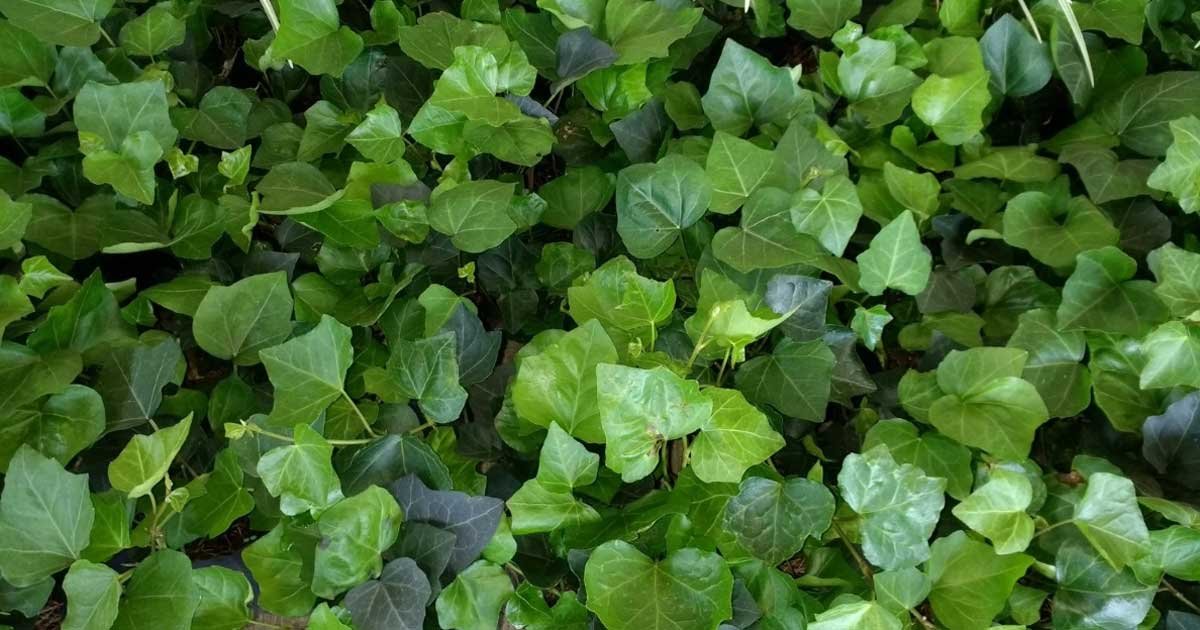
Pets and plants: 5 safe species
Christmas cactus. This specimen is a classic Christmas decoration and is used throughout the year as a houseplant. Its flowers are non-toxic and, since it has no thorns, there is no risk of harm to our pets.
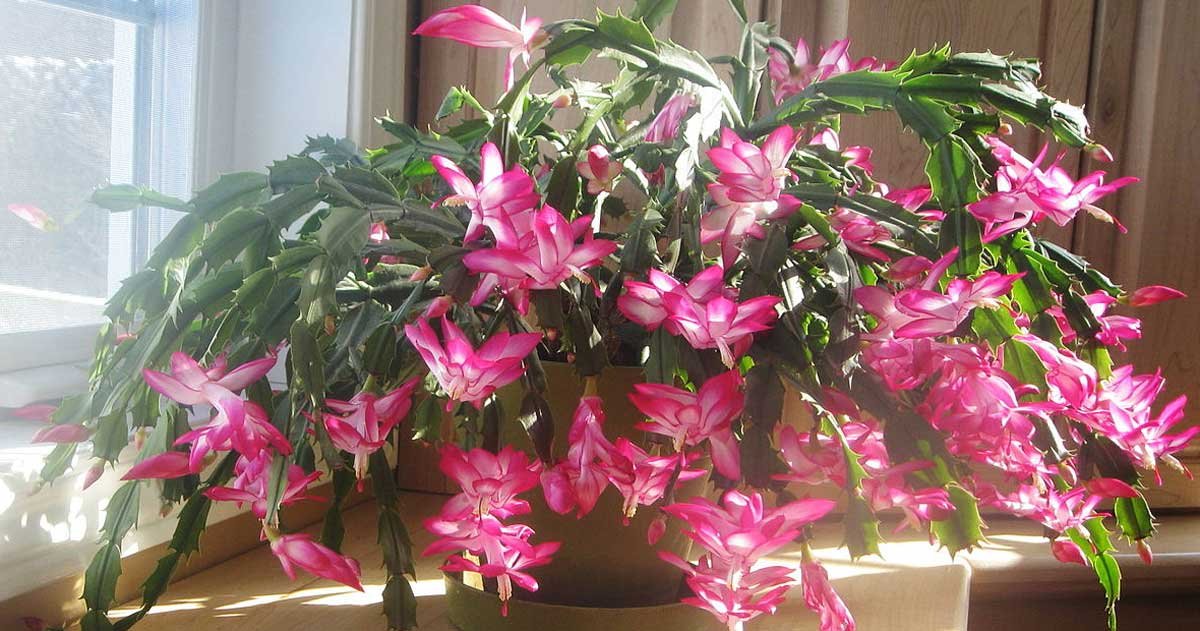
Spider plants. They attract a lot of attention because of their extensive foliage, especially when our pets are puppies. The only thing you have to worry about is that they don't bite it.
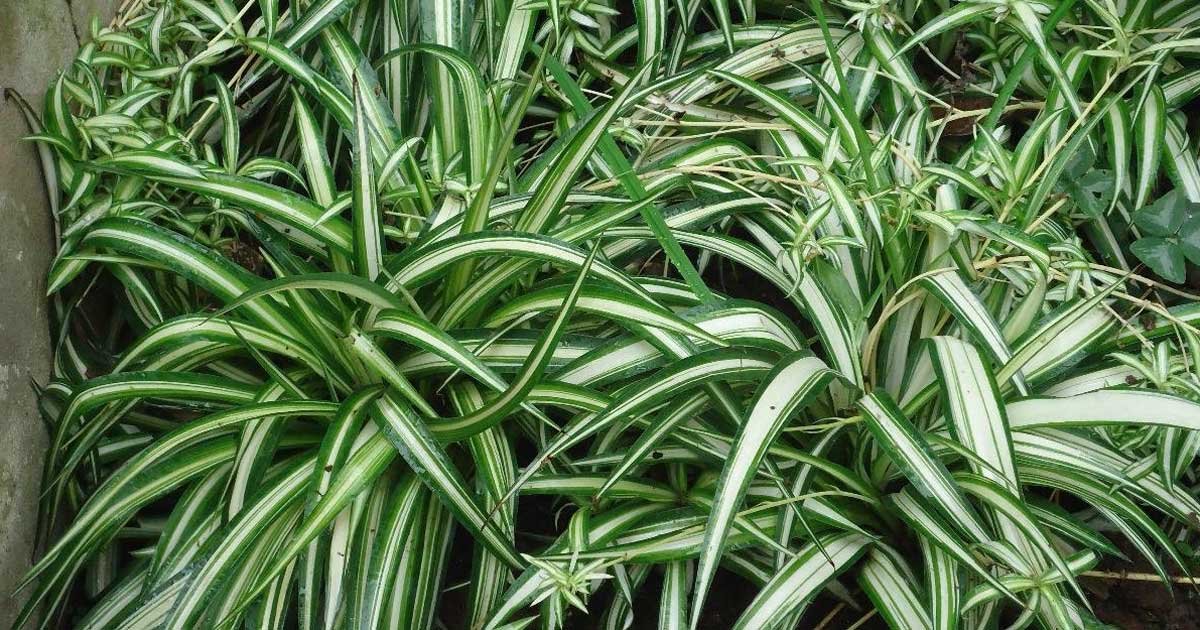
Rosemary. The numerous benefits of this aromatic plant make it a very common plant in many homes. Its natural fragrance and colorful flowers make it a highly valued specimen in interior decoration. The intake of rosemary will be a rich source of antioxidants for your pets.
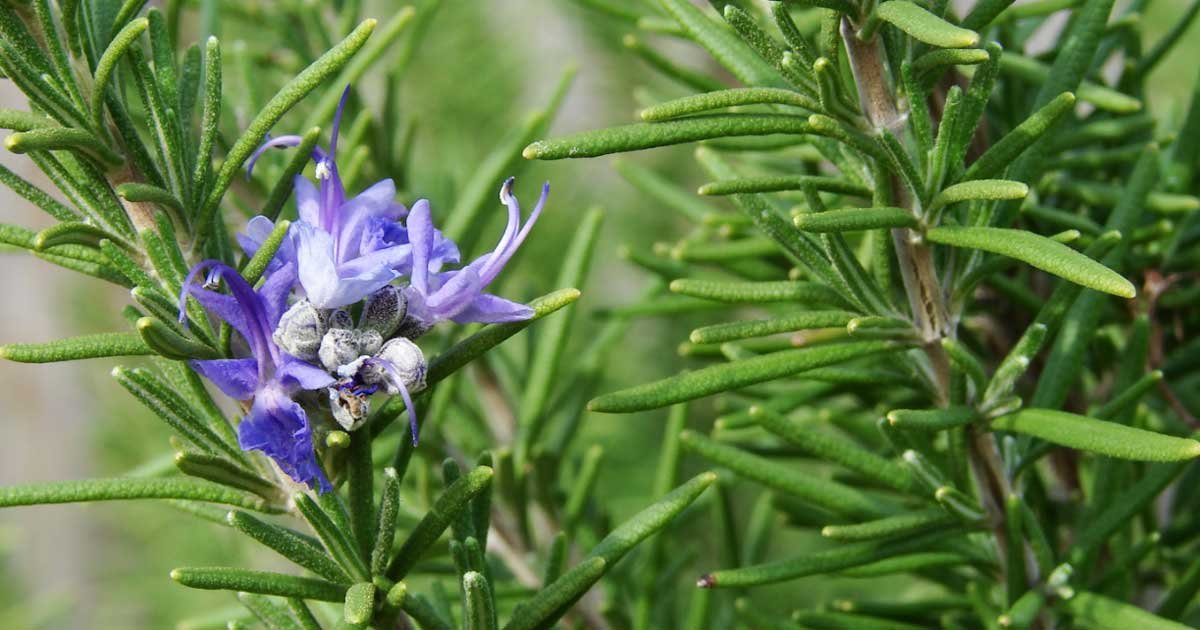
Parsley. It contains vitamins, antioxidants and carotenes that help prevent cancer. Dogs resort to it to freshen their breath or relieve stomach problems. But beware. There is a variety of parsley that is toxic to dogs called "spring parsley," which belongs to the carrot family.
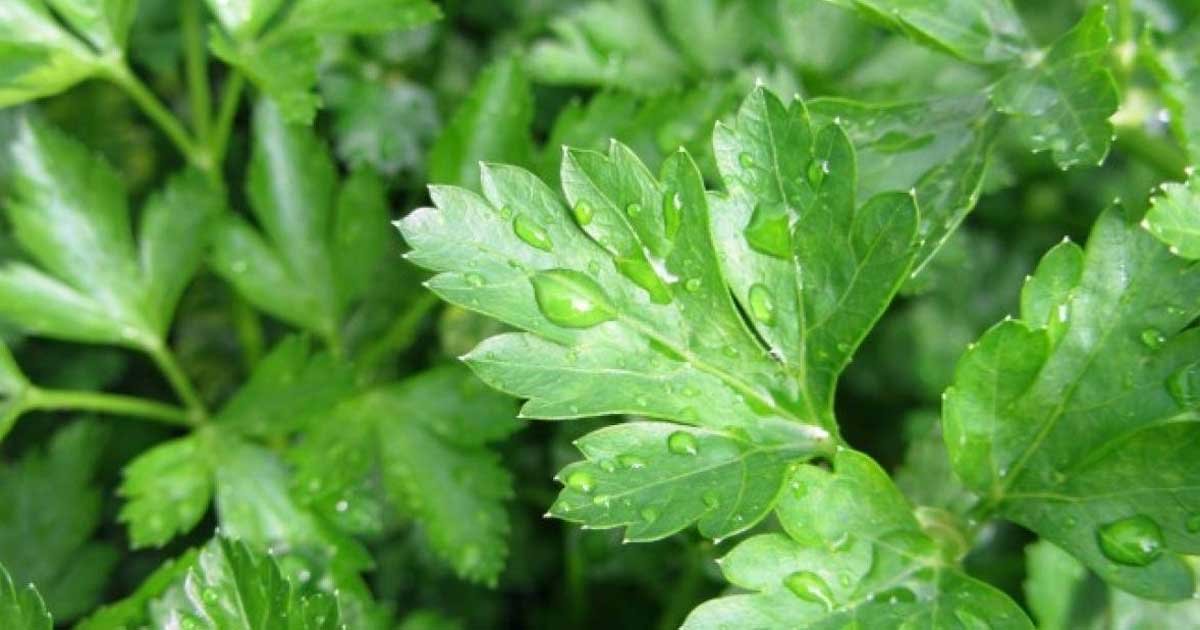
Peppermint. It soothes stomach pain and cures nausea and dizziness. In addition, scientists have found that it decreases the effects of chemotherapy in animals.
